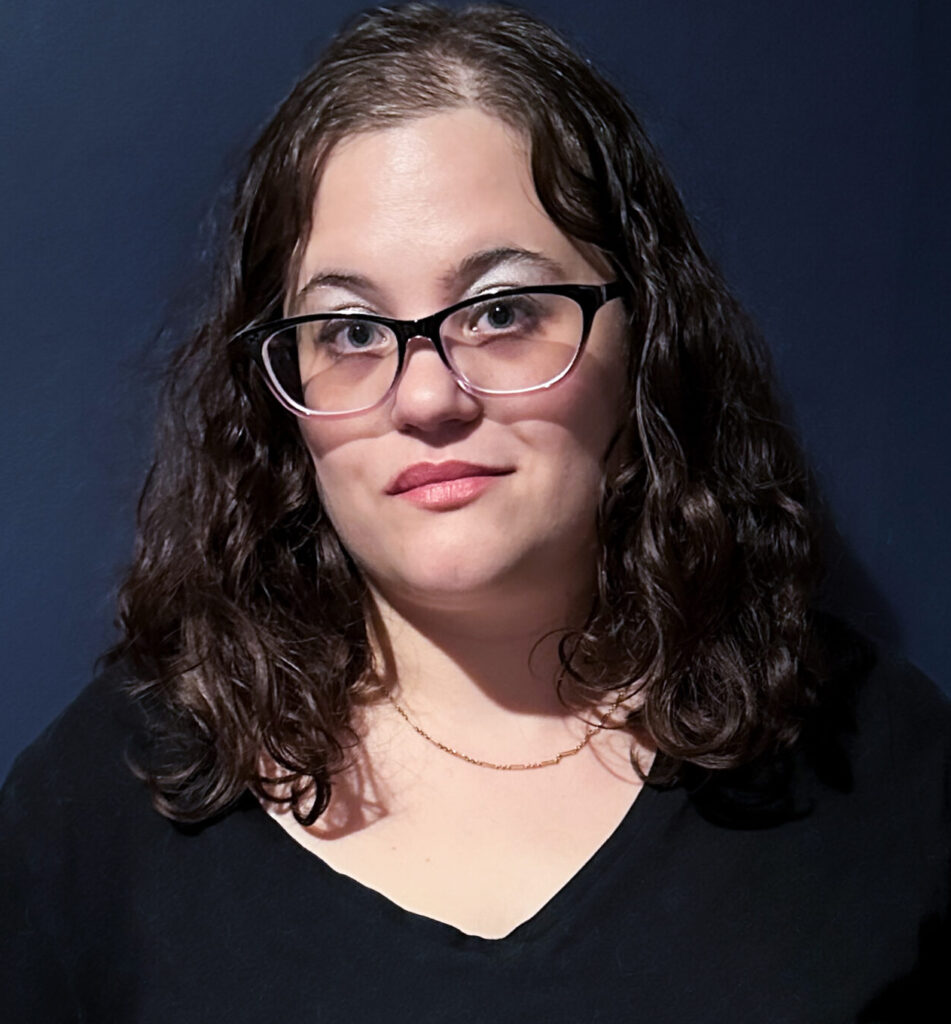
by Jennifer Brout and Mercede Erfanian (University College of London)
This year and last year have been exciting in terms of misophonia research. In the 2019 grants cycle, the Misophonia Research Fund approved a total of approximately $2,300,000 over two years. The grants include those related to the diagnosis of misophonia, characterization of misophonia and potential interventions for children, adolescents and adults. In this post, we will first cover research related to adults and will follow with children. Remember, however, that one research study informs another.
Dr. Davidenko (University of California Santa Cruz) is looking into how visual stimuli change the way the misophonic adult individual reacts to aversive auditory stimuli. Sensory stimuli are integrated by the body and brain, and as we know, visual and auditory stimuli are paired in memory in misophonia. Remapping how auditory and visual stimuli integrate is a first step toward misophonia treatment.
Dr. Andrada Neacsiu, of Duke University, is also looking at ways to intervene at a noninvasive neural level, with repeated transcranial magnetic stimulation (rTMS). In her study, she uses rTMS in order to alter neural activity in misophonic adults.
Dr. Daniela Schiller, Icahn School of Medicine at Mt. Sinai, is using computational neural analysis of adults. Dr. Shiller’s lab focuses on neuroimaging, pharmacology and psychophysiology to understand the neural mechanisms underlying emotions. It is certainly exciting to see all of this research on the underlying mechanisms of misophonia, as well as neurologically based interventions.
Moving into research specific to children, Dr. Julia Simner of the University of Sussex is doing a longitudinal study in order to develop a screening tool for misophonia in children and adolescents. Dr. Simner is also studying how misophonia impacts school, personality and general well-being in the context of generalized sensory processing sensitivities.
Dr. Eric Storch at Baylor College of Medicine is also looking at children and adolescents. In his study, he focuses on assessment of psychopathology within the National Institute of Mental Health’s (NIMH) Research Domain Criteria (RDoC). The RDoC is a paradigm of diagnoses that includes various domains of functioning (e.g. neurological, cognitive, emotional). The NIMH developed this process-based diagnostic system to better characterize and investigate the underlying mechanisms of different mental health issues.
Finally, Dr. Adam Lewin of the University of South Florida is looking at the Unified Protocols for Transdiagnostic Treatment of Emotional Disorders in Children and Adolescents. These are manuals of evidence-based treatment strategies that include specific guidelines for treatment. The manuals have been highly effective for the treatment of obsessive-compulsive and related disorders, anxiety and depression in children and adolescents, ages 8 to 16.
This year, grants include neurologically-based studies as well as those related to auditory and generalized sensory processing. For example, Dr. Andres Keil (University of Florida) will use neuroimaging to shed light on the interaction between auditory processing, emotions and sensory perception in misophonia. Dr. Fatima Husain (the University of Illinois at Urbana-Champaign) will also use neuroimaging (fMRI) and computational modelling techniques to study misophonia in the context of the audiological disorders such as hearing loss, tinnitus and hyperacusis.
At the University of Mississippi, Dr. Laura Dixon received funding to evaluate the psychological and neurophysiological basis of misophonia symptomology. Dr. Erin Hannon (the University of Nevada Las Vegas) will look at whether misophonia is linked to differences in high-level auditory processing, such as the processing of music and language. At the University of Sussex, Dr. Jamie Ward will investigate aberrant sensory sensitivity underlying misophonia. Dr. Sukhbinder Kumar, of Newcastle University (author of the “Brain Basis in Misophonia” 2017) will continue his work which highlighted the role of the anterior insula cortex (AIC) in misophonia symptoms. Finally, Dr. Clair Robbins (at Duke University) is developing a new therapeutic protocol based on emotional and mood disorders (i.e. bipolar disorder) and anxiety disorders.
These advances represent an incredibly dedicated investment in misophonia research and were selected in collaboration with the scientific community with an eye for scientific rigor and potential for impact on individuals living with misophonia. Importantly, the Misophonia Research Fund continues to promote outstanding research and is currently soliciting scientific proposals (Letters of Intent due on December 11, 2020, and full proposals due March 12, 2021).
If you are looking for misophonia coping skills, you can go here to see coaching (worldwide) and here to see therapy (Canada) options with Shaylynn Hayes-Raymond. Shaylynn also offers both live and on-demand webinars for misophonia.







